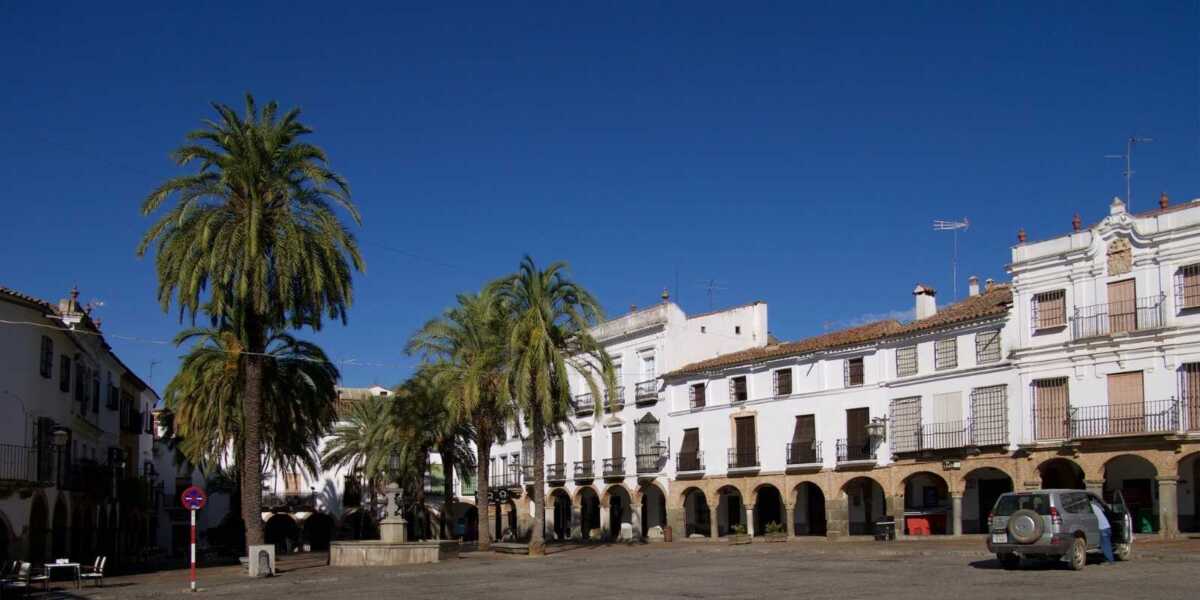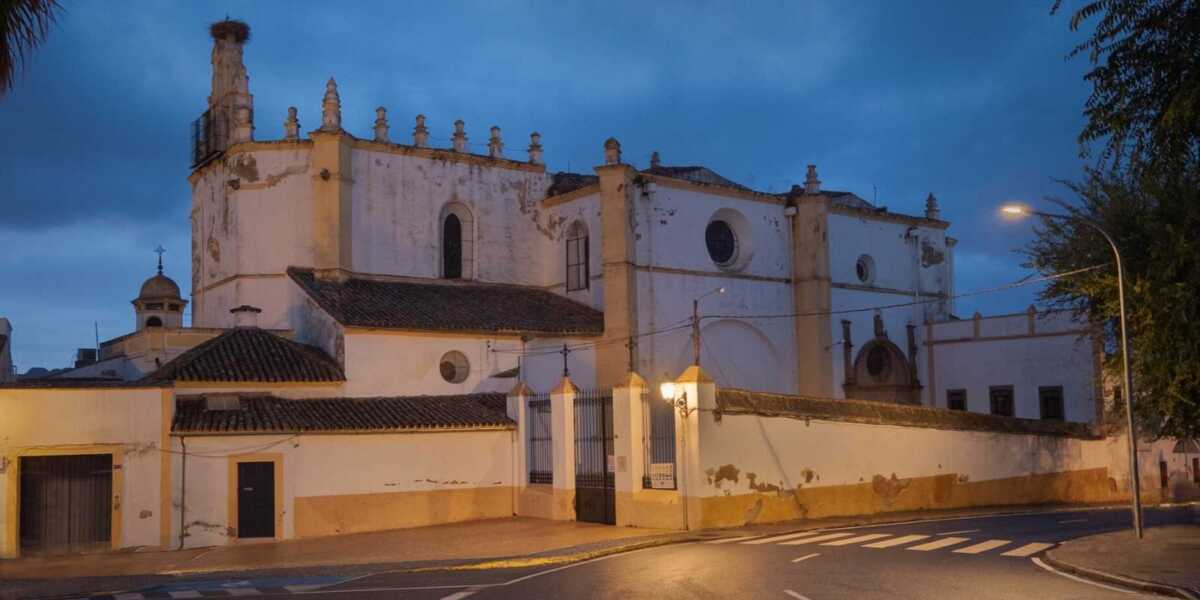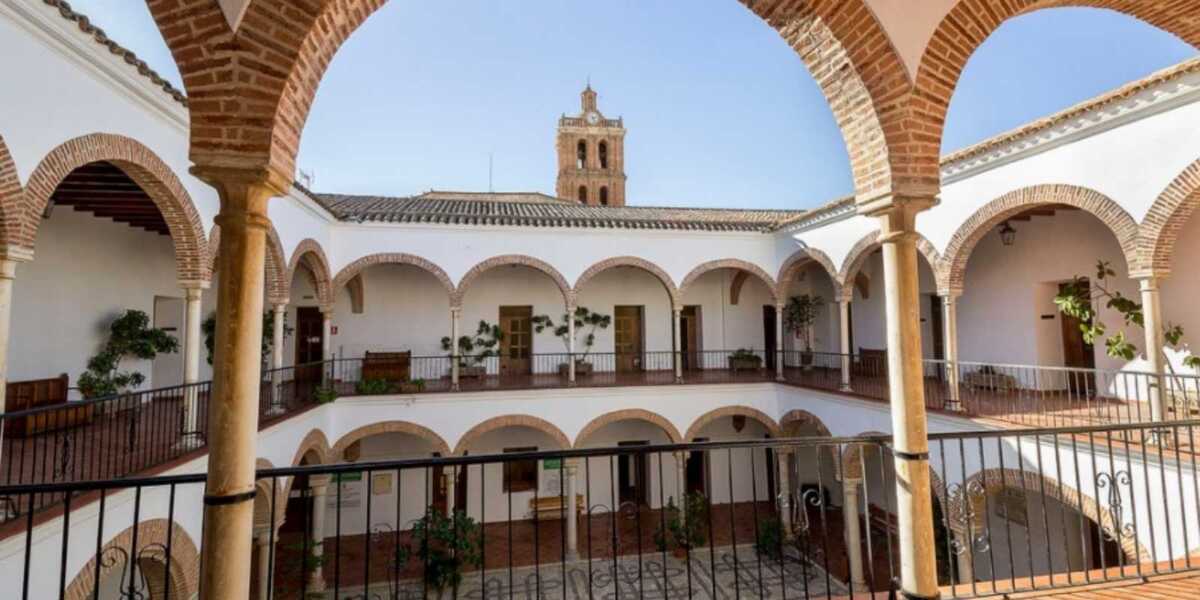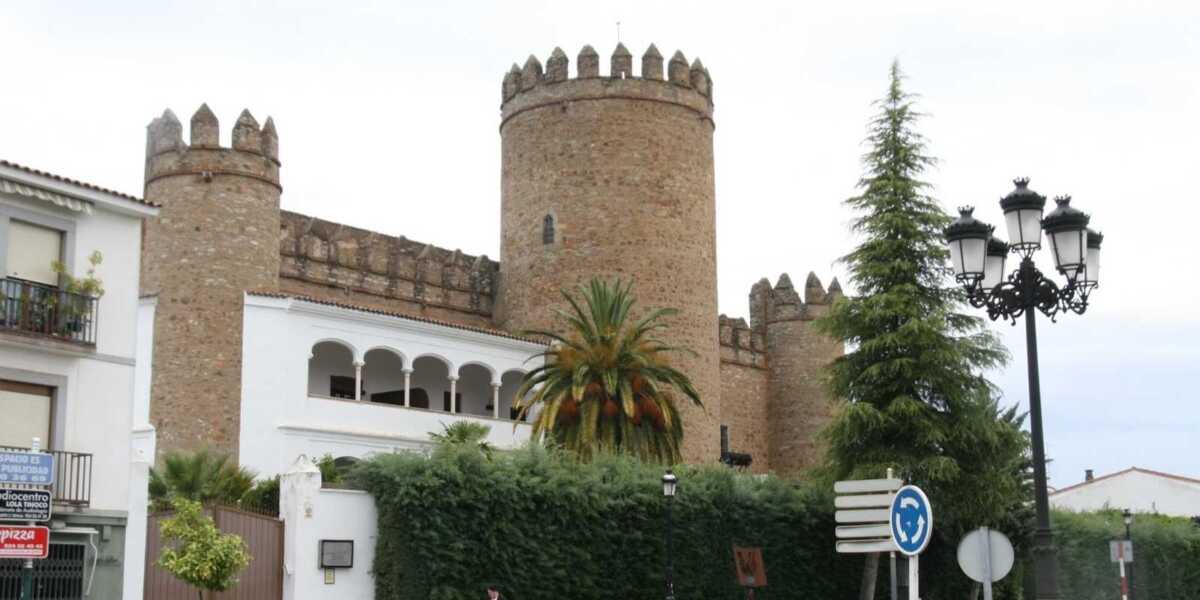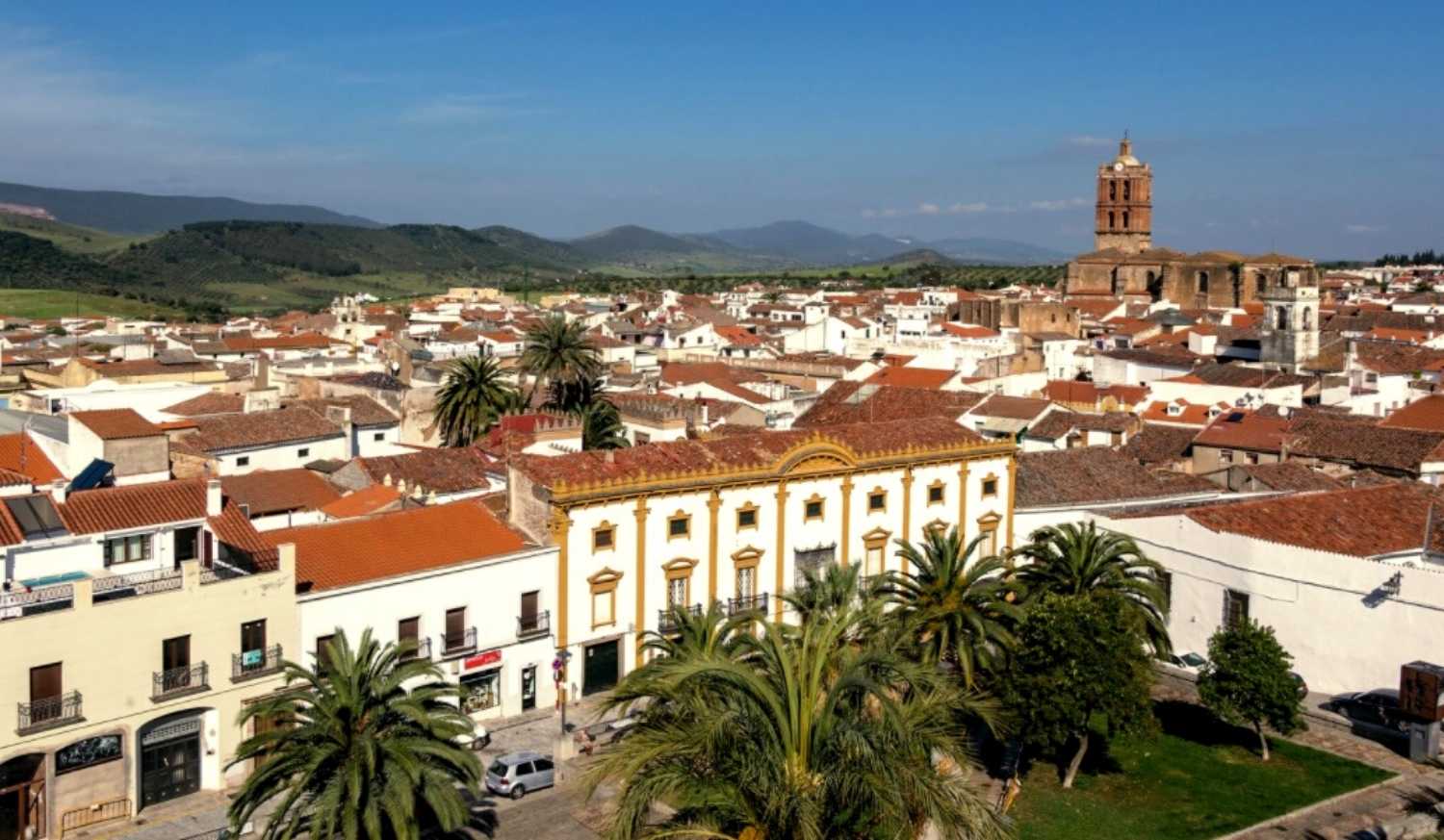
Information about Zafra
The beautiful town of Zafra is a truly attractive blend of Extremadura and Andalusian cultures in its architecture and lifestyle. In fact, it is affectionately nicknamed La Sevilla Chica. This villa provides an exceptional architectural heritage to delight in, and at the same time is located in a scenic, tranquil setting, far from the hustle and bustle of the big cities. One of the most peculiar places in the area where you can make an unforgettable stop.
What to see and do in Zafra
The Plaza Chica and the Plaza Grande
On a walk through Zafra it is essential to pass by these two beautiful squares. The Plaza Chica is the oldest square and was the location of the old market in times gone by. Here you can see the old Town Hall, a beautiful building that today serves as a courthouse. One of the columns of the arquillo del Pan, the one that connects the Plaza Chica and the Plaza Grande, can be found in it, and in it you can see an indentation of 0.835 meters, the Castilian rod, which was the standard of measurement for those who traded in the place. The Plaza Grande is more flowery and lively. It has imposing arcades that are accompanied by large palm trees. This other square dates back to the 16th century and was the site of a medieval church that was replaced by the present-day church of La Concepción.
El Campo and Rosary Church
Outside the walls of Zafra you can find the Campo and the church of the Rosary. This temple dates back to the golden age of Zafranse in the 16th century and was originally a Dominican convent. The building is impressive and looks white under the usual blue skies of the town of Zafra.
The Chapel of St. Joseph
The chapel of San José is representative of the open and open spirit of Zafra throughout its history, as the building was originally a Jewish temple. However, after its expulsion, the magnificent synagogue was transformed into a Christian temple. This architectural and historical marvel is today the Chapel of St. Joseph, which no longer retains any Hebraic symbols.
The Town Hall and the Blue House
The town of Zafra had a great livestock tradition at the end of the 19th century and this gave the town enormous wealth at that time. The Plaza de Pilar Redondo, with its ostentatious buildings and admirable façades, is a good example of this. Among them is the current Town Hall is a former convent of the sixteenth century, which passed into the hands of the consistory in 1836 after the confiscation of Mendizabal. On the other hand, you can contemplate from the square the so-called Blue House, a modernist building of great beauty and elegance. Little is known about its history, but it is said that the well-known writer Dulce Chacón dedicated a few words to it in her work Cielos de barro.
The Palace of the Dukes of Feria
This beautiful historic building is currently a Parador and is the former palace of the lords and dukes of Feria. It was built in 1441 by the II Duke of Feria in an impressive Gothic style. Unlike other preserved pieces of the time, which served as a defensive fortress, this building had the main mission of showing the greatness of its owners.
The Big House
This interesting building was the residence of an important and wealthy merchant from Zafren called Hernán López Ramírez. It was built in 1601 with a marble main entrance, which opens onto Sevilla Street. Its architectural composition is classicist in style, as are the central courtyard and the main staircase, both inspired by Italian treatises. This building was also the residence and headquarters of John Joseph of Austria during the Portuguese War of Secession, a location steeped in history.

